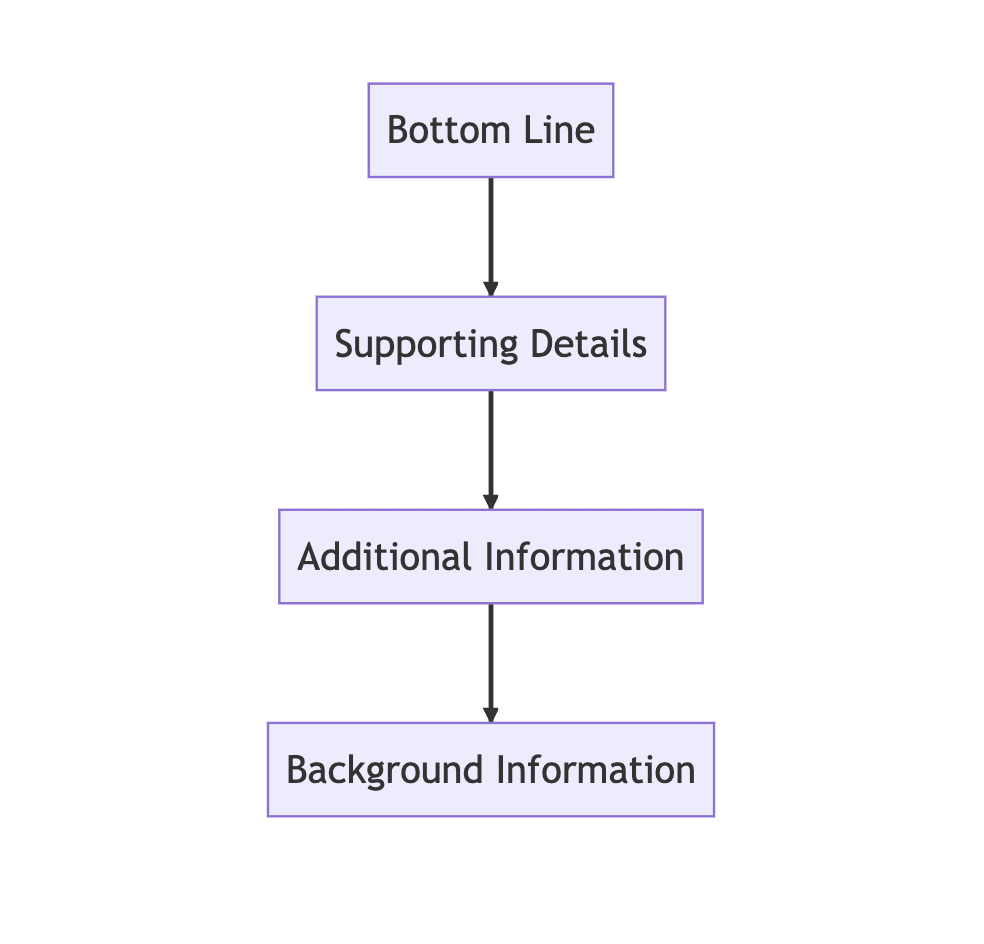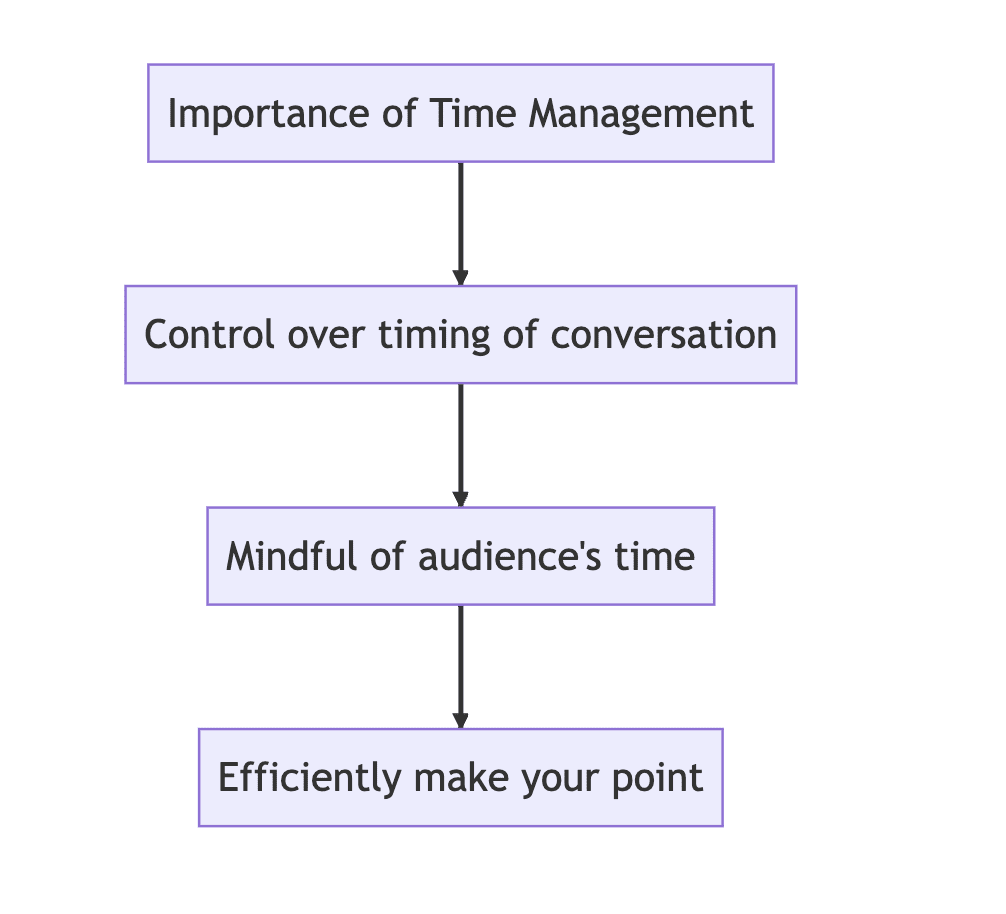In this webinar, we will discuss effective communication and the importance of understanding whether our messages are truly getting through. Communication events are like mini-projects, and it’s critical to establish control over the timing of the conversation. We need to ensure that others know they have a role in the discussion and encourage their participation. This is where the chat interface comes in handy, and we encourage you to put your comments, questions, or anything you like in the chat.
It’s not enough to just throw up an MS Project file in a PowerPoint presentation and think that you’re done. This is bad communication. We will discuss the different ways in which this is downright horrible and how we can avoid this mistake.
As we go through the presentation, you can reach out to me through my phone number or email. After we’re done, I’ll reply to you within 24 hours.
To validate my legitimacy, I want to mention that I was a card-carrying member of the media and the news director at WASH Radio in Washington, DC, before I decided to enter a legitimate profession.
Effective communication is a critical aspect of project management. It’s essential to understand how to communicate well, and in this webinar, we will discuss the different ways in which you can improve your communication skills.
Making your point effectively
When it comes to making your point, it is crucial to understand what matters most to your organization. For some, meeting deadlines is the most important factor, while for others, staying within budget is the priority. However, there are also organizations where legal and regulatory compliance is the main concern. As a project manager, it is vital to identify what matters most to your audience and to tailor your communication accordingly.
To effectively communicate with your audience, you need to focus on what they value and appreciate. For instance, if you are presenting information from a Microsoft project file, highlight the aspects that directly address their concerns.
It is crucial to keep in mind that effective communication does not solely depend on the tools you use, but rather on how you organize and present information. The concept of an inverted pyramid, commonly used in journalism, can be applied to project management. An inverted pyramid is about putting the most important information at the beginning, providing a summary or bottom line up front (BLUF). This is especially important when you have limited time to make your point, as it allows your audience to grasp the key information quickly.

Finally, I would like to share two examples that emphasize the importance of BLUF. First, during a meeting with his boss, a project manager prepared a PowerPoint presentation and a Microsoft project file to present his request for $200,000 to be approved on the AT&T contract. However, his boss cut the presentation short and approved the request immediately. When asked why, the boss simply replied, “What’s the point?”. In other words, the project manager could have saved his time and his boss’s time if he had just presented the bottom line up front.
Secondly, during an interview with Fred Rogers, the famous children’s television host, the interviewer asked him what he wanted the world to look like after the interview. This was a BLUF question that allowed Rogers to focus on the main message he wanted to convey.
In summary, effective communication in project management involves understanding what matters most to your audience, presenting the most important information upfront, and tailoring your communication accordingly. Remember, when it comes to making your point, always put the bottom line up front.
Structuring our communications effectively
Structuring our communications effectively, particularly in terms of using the inverted pyramid style of journalism. This style involves putting the most important information at the top of a communication and then gradually providing less significant details as the communication progresses.
To demonstrate the inverted pyramid style, we looked at an old copy of The New York Times, which was a great example of how news articles were structured in this way. The most critical information was presented at the beginning of the article, with less important details following.
We also discussed how the concept of “cut and paste” in the newspaper industry originated from the inverted pyramid style. Editors would physically cut out portions of an article that were deemed less important to fit the article into the available space in the newspaper.
We then applied the principles of the inverted pyramid to voicemail communication. We discussed how we can make our voicemail messages more effective by being concise and putting the most important information at the beginning of the message. We also highlighted the importance of time management in communication and how being mindful of our audience’s time is crucial to effective communication.

Using adjectives and body language
As a communicator, one of the most important things to watch for is your use of adjectives. You want to be careful when using adjectives as they can often turn a statement from fact to opinion. My advisor when I was in college, Bill Drenton, used to redline every adjective I used in my articles, and I learned a lot from him. Some of the worst adjectives to use are “best,” “most,” “largest,” and “unique.” In particular, using “most unique” is a pet peeve of mine because there is no such thing. When using adjectives, choose them carefully, as they can be a powerful tool in language.
Another important aspect of effective communication is your basic approach. When using tools like GoToWebinar, Zoom, or WebEx, it’s important to remember to look directly at the camera when speaking. If you’re not looking at the camera, you’re not communicating as effectively as you could be. Your voice and tone are also essential in effective communication. Albert Moravian found that 38% of all messaging is conveyed through your voice and tone, with only 7% being conveyed through words. Therefore, it’s crucial to use your voice and tonality effectively.
When communicating through Microsoft Project, it’s important to keep your camera on to give people a sense of who you are. Additionally, if you have a real background, use it to your advantage. People want to know that you have a life outside of the project, and leaving things in the background can help establish that. In conclusion, effective communication is all about being mindful of your use of adjectives, looking directly at the camera, and using your voice and tone effectively.
Understanding Objectives, Audience, Language, Context, and Action.
The primary purpose of this webinar is to equip you with the necessary skills to communicate effectively in all settings. We will begin by discussing the reasons why effective communication is crucial. It is imperative to have a clear understanding of the outcome you are seeking. This understanding helps you communicate your message in a way that is both concise and powerful.
One way to get a clear understanding of your objectives is to ask yourself the question, “When we’re done here, how do you want the world to look different?” This question is the single most powerful question you can ask because it goes to the heart of why we are here and what we are trying to achieve.
The next important question you should ask is, “Who am I communicating with?” Knowing your audience is critical to effective communication. It is essential to understand whether you are communicating with your boss, your boss’s boss, or the end-user. It would help if you also were careful about the language you use when communicating. Terms change, and it is essential to keep up with the lexicon to ensure that your message is appropriate.
Providing context is also critical in effective communication. Without context, people may not understand your message. For example, when I mentioned Mr. Rogers, some of you may have immediately imagined the zippered cardigan. Others who have never seen Mr. Rogers may have no idea what I am talking about.
The next critical question is, “Where am I communicating?” It is essential to know your audience’s location to communicate effectively. For example, people in California may be just getting out of bed, while people on the East coast may be busy with lunch. One way to ensure that your message is effective is to shorten it to the point. It takes time to distill a message down to its essence, but it is worth the effort. Winston Churchill once said, “I would have written a shorter letter, but I didn’t have the time.”
Finally, it is important to remember that effective communication is not just about what you say. It is also about what you do. You need to ensure that your actions are consistent with your message. If you say you are going to do something, then do it.
The Importance of the Inverted Pyramid and Keeping Communication Channels Open
I want to emphasize that there are always going to be information gaps. No one can get everything they need from just one experience or presentation. However, I have the opportunity to share with you what you need to know. If you don’t get all the information you need from our time together, remember that the door is always open for further communication.
The inverted pyramid is an essential tool to keep in mind when communicating a message effectively. The bottom line should always come first to ensure that the most crucial information is conveyed. If you remember this, then I have succeeded in adding value to our time together. Even if you only remember the top part of the message, you’ve received a significant takeaway.
As a former speakers coach, I am offering my services to anyone who needs a second opinion on their presentation. I am happy to help because you have given me your time and attention today, and I appreciate it more than you know. Communication channels should always be open to allow for continued conversation and feedback.
It’s essential to end every presentation with an open door for further communication. If you need more information or have any questions, please don’t hesitate to contact me. We should always provide a sense of where people can go next or what their next steps should be.
View full webinar







